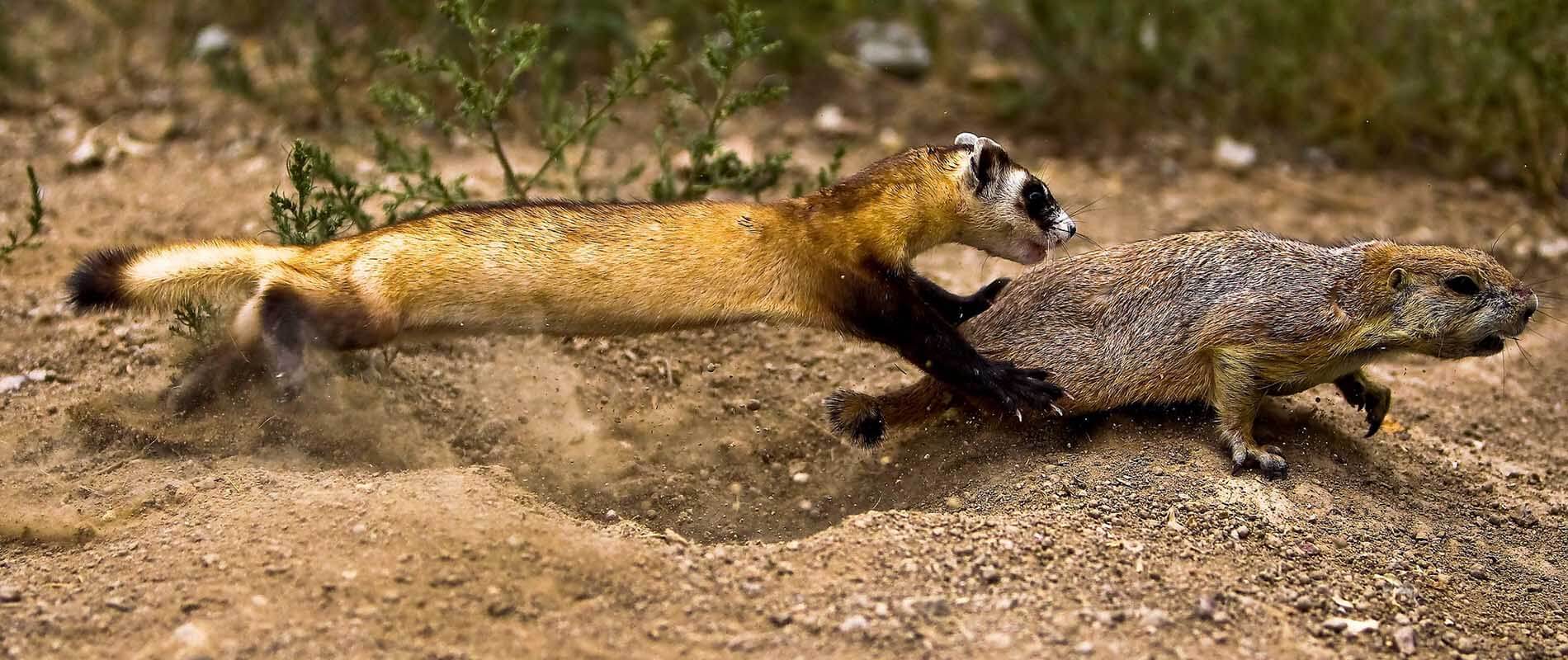Main image: Over 90 percent of the endangered black-footed ferret’s prey is prairie dogs, which themselves have been impacted by habitat loss as well as endemic disease that’s reducing numbers for ferrets to hunt. The National Black-footed Ferret Conservation Center in Carr, Colorado, breeds endangered black-footed ferrets and then prepares them for release into the wild. (Kimberly Fraser/USFWS/Flickr)
About half the species listed as endangered or threatened have the majority of their habitat on private lands, giving landowners an essential role in their conservation. The designation of a species as threatened or endangered can impact the lives of landowners, ranchers, and farmers by prohibiting activities that may be considered harmful interactions.
Since 1973, the Endangered Species Act (ESA) has been the primary federal law aimed at conserving at-risk species and ecosystems. Under the ESA, the U.S. Fish and Wildlife Service (FWS) maintains a list of endangered and threatened species identified for protection under the act. (The National Oceanic and Atmospheric Administration (NOAA) is in charge of marine species.)
Under the terms of the ESA, it is unlawful to “harass, harm, pursue, hunt, shoot, wound, kill, trap, capture, or collect” any listed species, or to “attempt to engage in any such conduct.” Such actions are known as “take” and include any activities that significantly modify or degrade habitat used by a listed species at any point during its life cycle. Fines for taking a listed species run to thousands of dollars and increase for repeat violations.
The decision to list a species as endangered or threatened is based on scientific and commercial data, but landowners can provide input by contacting members of Congress and by writing letters to the FWS during the public comment period that is part of the listing process. Sometimes, public meetings are held as well, though this is not automatic.
The FWS engages in a variety of activities to protect and restore habitat and promote the recovery of listed species. Once a species has recovered to the point where it is able to survive without protection, it may be considered for delisting.
Over the years, the ESA has evolved to include incentives for landowners to undertake voluntary endangered species conservation efforts in collaboration with state and federal agencies and conservation organizations. Such programs provide benefits for both listed species and landowners. The species benefit from habitat conservation efforts, while landowners receive protection from future regulations and repercussions.
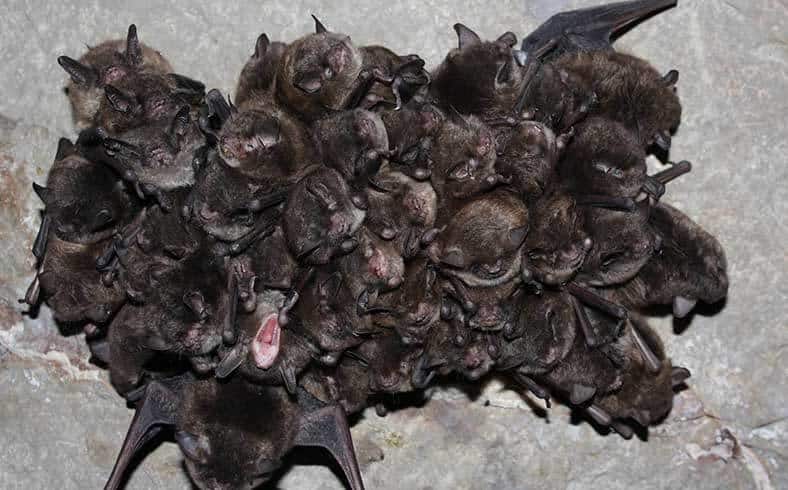
Habitat Conservation Plans
Private landowners whose property supports endangered or threatened species can apply for an incidental take permit that allows them to continue developing their land provided they implement conservation measures. As part of the permit application, a landowner must submit a Habitat Conservation Plan (HCP) describing the predicted effects of the take, steps that will be taken to minimize or mitigate the impact, and how the plan will be financed.
Landowners who gain approval for their HCP are protected by a “no surprises policy” that guarantees the FWS will not apply any additional land use conditions beyond those established in the plan, even if circumstances change in the future.
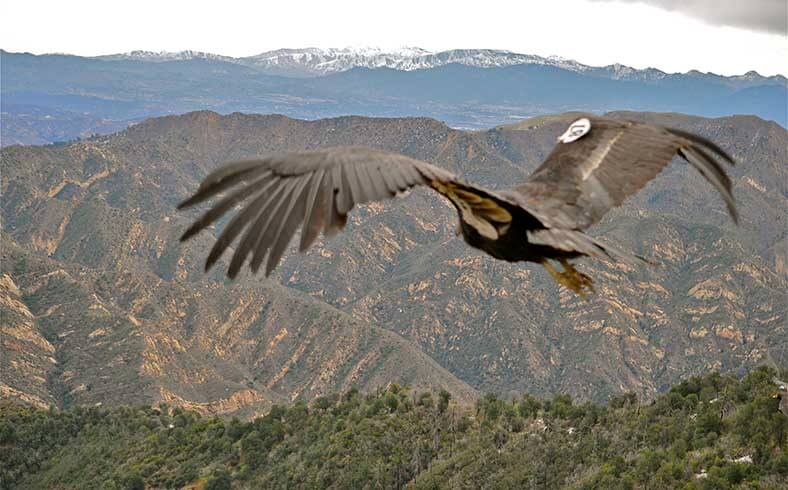
Safe Harbor Agreements
A Safe Harbor Agreement (SHA) is a voluntary agreement between a non-federal property owner and either the FWS or NOAA that encourages landowners to undertake conservation measures to promote the recovery of endangered or threatened species.
In exchange for such actions, a landowner receives formal assurances that no additional management activities will be required beyond the terms of the agreement. Once the agreement expires (usually when a species has sufficiently recovered), the landowner is permitted to return the property to the condition it was in at the start of the agreement.
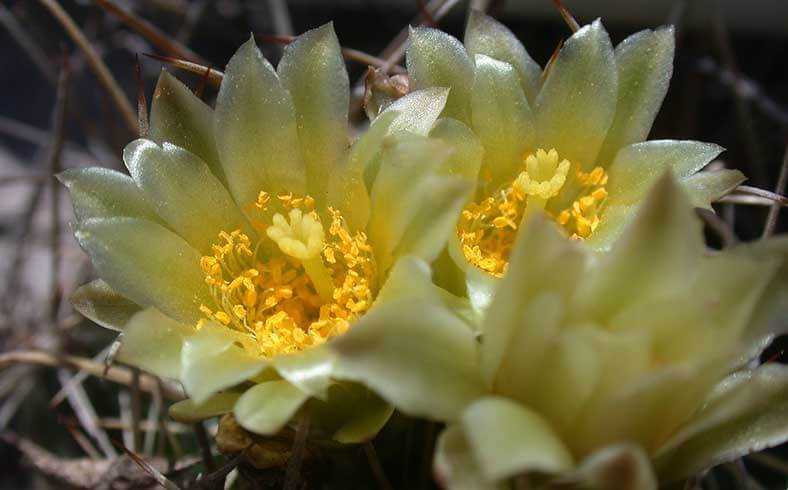
Candidate Conservation Agreements
Another type of voluntary conservation agreement between landowners and the federal government is called a Candidate Conservation Agreement (CCA). These are coordinated by the FWS, which works to identify threats to species; develop agreements with willing public or private landowners; and design, implement, and monitor conservation measures. Unlike Safe Harbor Agreements, CCAs may involve multiple public and private property owners.
The goal of CCAs is to preserve at-risk “candidate” species before they are listed under the ESA. By participating in such agreements, landowners can help prevent species from being listed, thereby reducing the costs of species recovery and eliminating additional regulatory burdens.
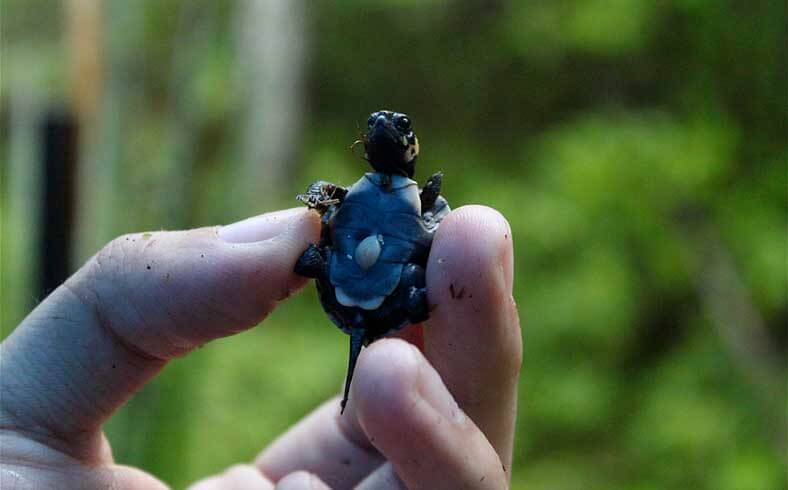
Candidate Conservation Agreements with Assurances
An expansion of traditional CCAs, Candidate Conservation Agreements with Assurances (CCAAs) provide additional incentives to non-federal landowners to undertake voluntary conservation measures. In exchange for taking action to protect potentially at-risk species, landowners receive assurances that they will not be subject to additional restrictions if an at-risk species later becomes listed under the ESA. The goal is to make listing unnecessary by protecting landowners from future regulatory burdens in exchange for proactive management activities.
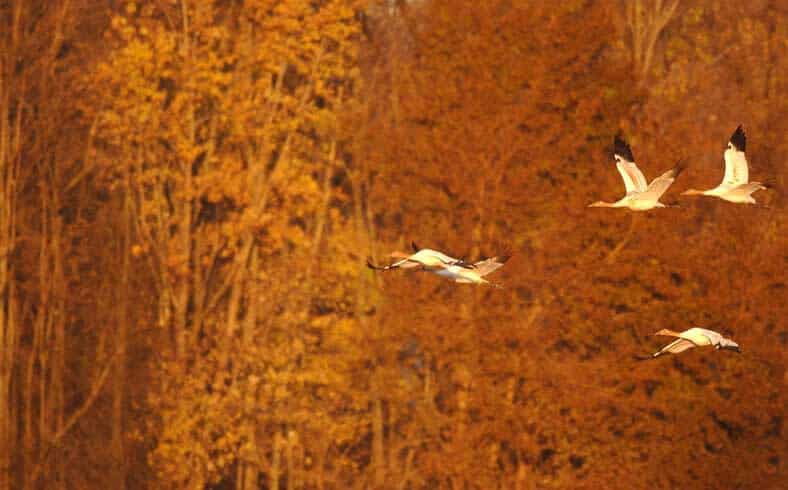
Conservation Banks
Conservation banking provides a way of compensating landowners for permanently setting aside land for conservation. A conservation bank is a parcel of land with high natural resource value that is permanently protected from future development. In exchange for setting aside land, the landowner receives credits that can be sold to third parties seeking to offset environmental impacts elsewhere. For example, buying credits from a conservation bank owner is a simple way for developers to meet requirements to compensate for the negative impacts of their projects.
To set aside land as a conservation bank, a landowner must enter into an official Conservation Banking Agreement with the FWS; grant a conservation easement to a third-party organization, such as a land trust, public agency, or nonprofit conservation organization; and establish an endowment to provide funding for the monitoring, and long-term management, of the conservation bank. In return, the FWS approves the landowner to sell a certain number of habitat and species credits.
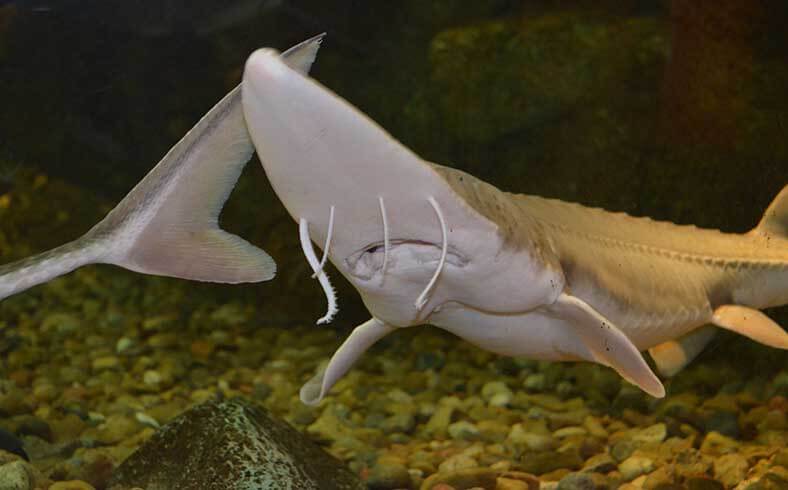
Tax Deductions for Species Conservation
Under the 2008 Farm Bill, farmers who undertake certain conservation measures to promote the recovery of endangered and threatened species may be eligible for a tax deduction. To qualify for this deduction, the expenses must be for site-specific measures specified in an approved FWS recovery plan for the species. The expenses may not exceed more than twenty-five percent of one’s income from farming.
To determine whether conservation expenses are deductible, it’s best to consult a tax advisor.
